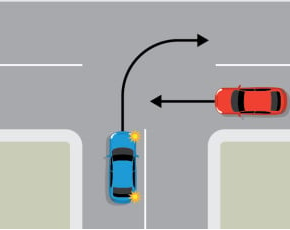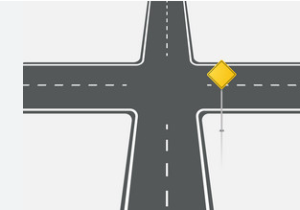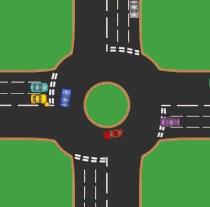Driving While Suspended or Disqualified Driving License
A suspended license can have a number of consequences. For one, it can result in points being added to your driving record. These points can lead to your insurance rates going up, or even your policy being canceled. Additionally, a suspended license can mean having to pay higher fines for any traffic violations you may receive. In some states, it can also lead to jail time.
While a suspended license may not seem like a big deal, the consequences can be significant. If you’re caught driving with a suspended license, it’s important to know the potential penalties you could face.
What other consequences could there be?
Another potential consequence of driving with a suspended license is having your vehicle impounded. This can be a significant financial burden, as you may have to pay to get your vehicle released from impound. Additionally, your vehicle may be impounded for a longer period of time if you’re a repeat offender.
Additionally, driving with a suspended license can also lead to your license being permanently revoked. This means you would no longer be able to legally drive in the state where your license is revoked. You would then have to go through the process of applying for a new license, which can be a lengthy and difficult process.
Difference Between Suspended and Revoked Licenses
It’s important to note that there is a difference between a suspended license and a revoked license. A suspended license means that you are temporarily not allowed to drive. A revoked license, on the other hand, means that your license has been permanently canceled. As a result, you would not be able to have your license reinstated.
You may also read: 3 Steps to Take Before Turning Right on Red
If your license is suspended, you may be able to have it reinstated after a certain period of time. The process for doing so will vary depending on the state where you live. For a license to be reinstated, you may be required to pay a fine, take a driving course, or complete community service.
In contrast, if your license is revoked, you will not be able to have it reinstated. This is why it’s important to know the difference between a suspended license and a revoked license. Driving with a revoked license is a much more serious offense, and can lead to more severe penalties.
What are the Common Reasons for License Suspensions?
There are a number of reasons why a license may be suspended. One of the most common reasons is failing to pay traffic tickets. If you don’t pay your tickets, the state may suspend your license. Other common reasons for license suspensions include failing to pay child support, failing to appear in court, and accumulating too many points on your driving record.
You may also read: What Is Drivers Education Course & What You’ll Learn ?
How to Check if Your License is Suspended?
If you’re not sure whether your license is suspended, you can check with your local Department of Motor Vehicles (DMV). The DMV will be able to tell you whether your license is suspended, and the reason for the suspension.
If your license is suspended, it’s important to take steps to have it reinstated. Driving with a suspended license is a serious offense, and can lead to a number of consequences. These consequences can be costly and cause significant inconvenience. As a result, it’s important to make sure your license is in good standing before getting behind the wheel.
How Long Your License Can Be Suspended
The length of time your license can be suspended will vary depending on the reason for the suspension. For example, if your license is suspended for failing to pay a traffic ticket, it may only be suspended for a few weeks. However, if your license is suspended for accumulating too many points on your driving record, it may be suspended for several months.
If your license is suspended, you may be able to have it reinstated after a certain period of time. The process for doing so will vary depending on the state where you live. For a license to be reinstated, you may be required to pay a fine, take a driving course, or complete community service.
You may also read: Defensive Driving: All You Need to Know
In some cases, your license may be permanently revoked. This is the most serious type of license suspension, and can have a significant impact on your life. If your license is revoked, you will not be able to have it reinstated. As a result, you will not be able to legally drive in the state where your license is revoked.
The Bottom Line
If your license is suspended, it’s important to take steps to have it reinstated. Driving with a suspended license is a serious offense, and can lead to a number of consequences. These consequences can be costly and cause significant inconvenience. As a result, it’s important to make sure your license is in good standing before getting behind the wheel.
Askillfuldriver.com can help you in getting online driving Ed courses that can help you in Prevent License Suspensions.
Ready? Let’s go














